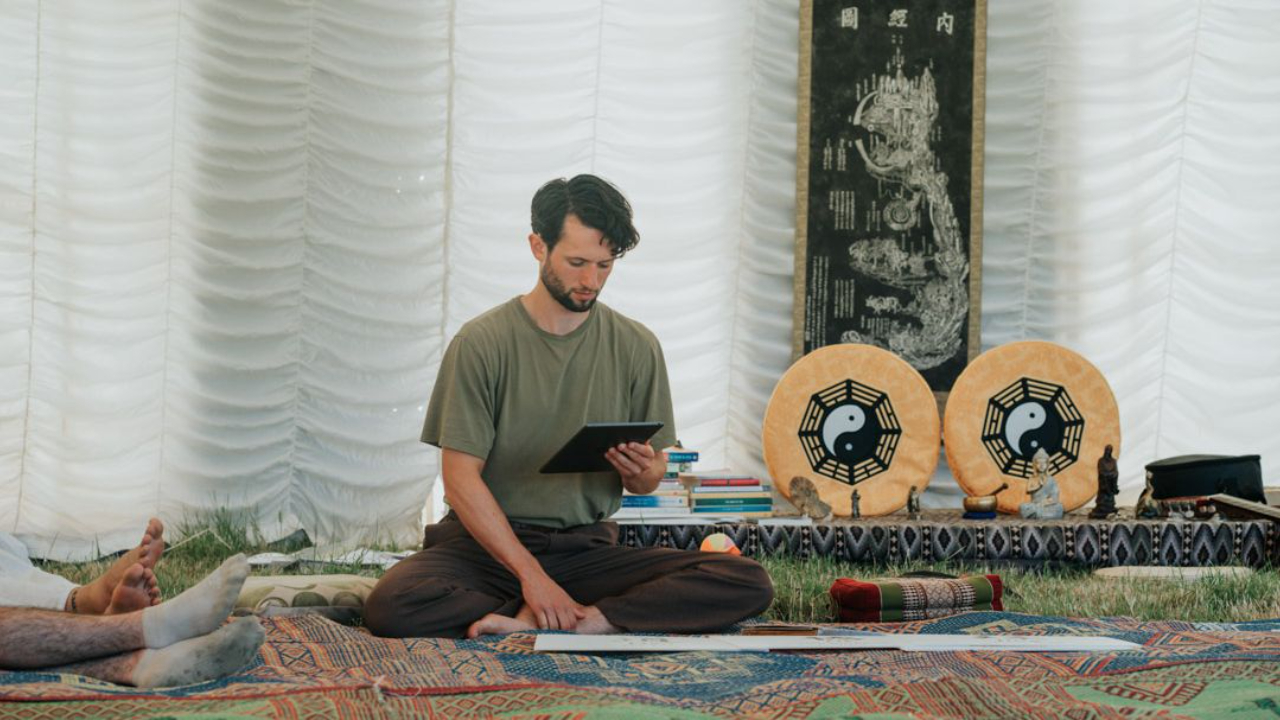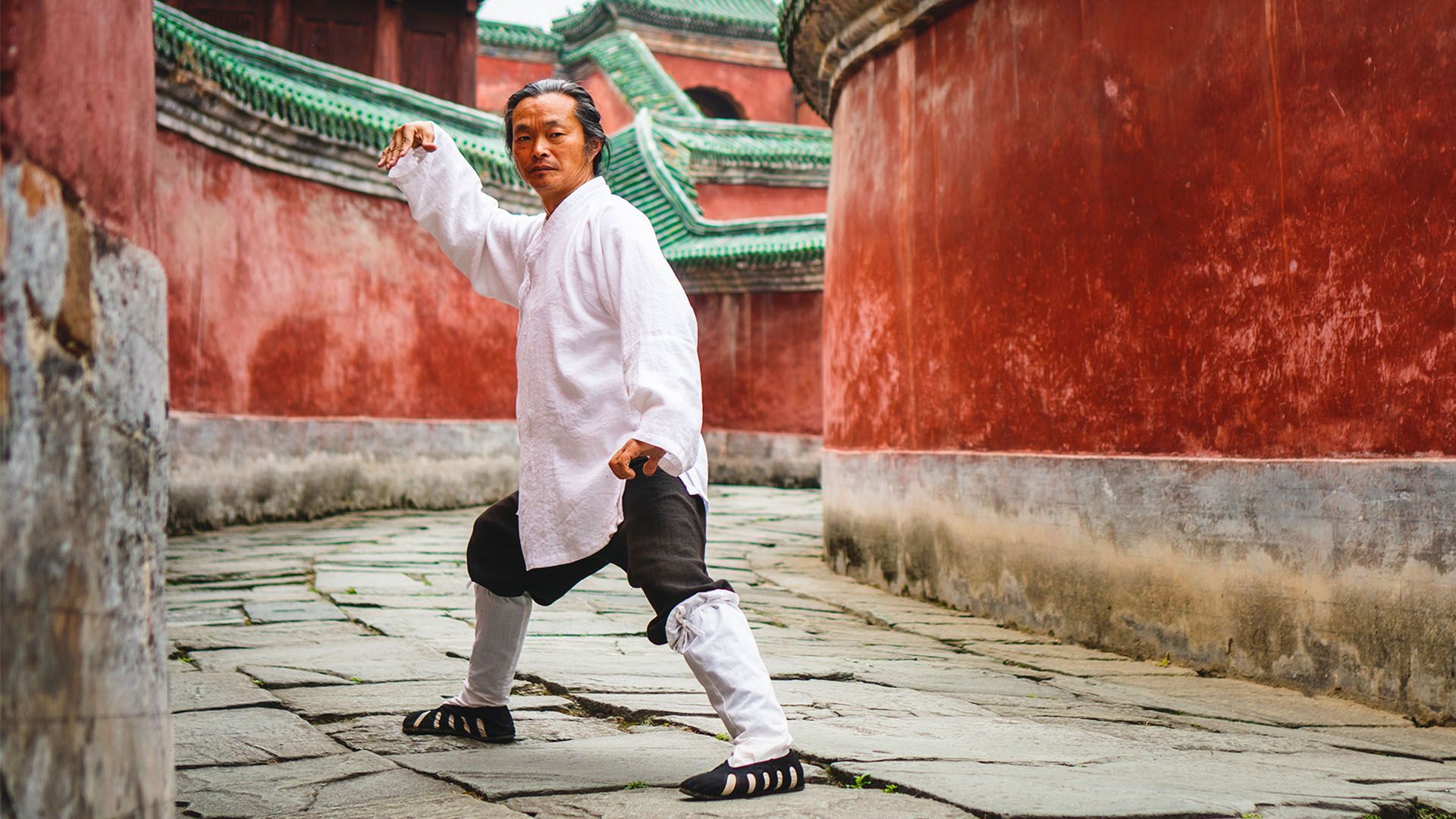What is Taoism (Daoism)? An Introduction From a Daoist Master
May 09, 2024
What is Taoism (or Daoism)?
Good question.
Addressing life's complexities often leaves many searching for deeper meaning and harmony. Recent studies have shown a growing interest in Eastern philosophies, particularly Taoism, as individuals seek alternatives to dominant Western paradigms. So, what is Taoism? This ancient Chinese philosophy and religion teaches the art of living in harmony with the Tao, regarded as the fundamental principle of the universe. This guide explores the rich history, essential principles, and diverse practices of Taoism, from its philosophical foundations to its religious customs.
For those who are looking for a comprehensive understanding of this tradition. Join Master Gu's online Taoism course at the Wudang Taoist Wellness Academy and gain valuable insights into the principles of this ancient practice. Learn how to align with the natural world and enrich your spiritual journey today!
The Formation of Taoist Practices
The formation of Taoist practices traces back to the sixth century BCE in ancient China. This significant period saw the emergence of Lao Tzu, the revered figure traditionally considered the author of the foundational Tao Te Ching text. Lao Tzu, whose background is often surrounded by legend, served as a record keeper during the Zhou Dynasty. The text he composed provided an early philosophical framework that emphasized living in harmony with the Tao, understood as the fundamental principle governing the natural world.
Also Read: 10 Best Taoism Quotes By Lao Tzu
These early philosophical roots eventually shaped Taoism into both a philosophy and a religion, influencing the evolving folk religion of the people.
As Taoism developed, it began incorporating practices like meditation, inner alchemy, ancestor worship, and divination.
Such practices sought to cultivate harmony with the universe, guide adherents to follow the Tao, and align them with the rhythms of nature.
The balance of yin and yang emerged as a key symbol in this philosophy, representing the dualities that coexist in the universe.
Taoist philosophy became distinct from Confucianism and Buddhism by emphasizing humanity's place within the universe's natural order. Scholars of religion recognize the strong influence of Lao Tzu's teachings in the formation of Taoist practice, which continues to shape Taoism today. The practice remains rooted in the classical text while evolving in various forms across mainland China and other parts of the world.
Core Principles of Taoism
Wu Wei and Simplicity:
Taoism emphasizes Wu Wei, a state of non-action that involves living effortlessly and responding naturally. This concept, deeply rooted in ancient Chinese philosophy, encourages individuals to act without excessive force or control. Simplicity encourages reducing unnecessary desires and distractions to align more closely with the natural world. Taoism teaches that minimizing desires and cultivating Wu Wei maintains harmony with the Tao, leading to a balanced way of living in sync with life's rhythms.
Yin-Yang Balance:
Yin and Yang represent dual yet complementary forces that shape all aspects of existence. This concept plays a crucial role in Taoist thought, emphasizing how opposite elements, like light and dark or male and female, create balance and unity. Ancient Chinese philosophy views these forces as interdependent, requiring constant adjustment to maintain harmony. In Taoist practice, achieving equilibrium between Yin and Yang ensures the alignment of one's spirit, emotions, and body with the natural world, contributing to a fulfilling life in harmony with the Tao.
The Tao (The Way):
The Tao, or "The Way," is central to Taoist principles and symbolizes the inherent, unchanging source that underlies all existence. Tao Te Ching, written by Lao Tzu, describes this concept as an unseen force shaping the universe, guiding everything to live in harmony. This force emphasizes going with the natural flow instead of resisting it. Taoist thought advises individuals to follow the Tao through humility, meditation, and balance. In doing so, they find peace and wisdom that align with their nature and the surrounding world, embracing a path of tranquility.
Taoist Religion and Practices
Taoism, or Daoism, is an ancient Chinese religion emphasizing harmony with the Tao, or "the Way." Its origins are linked to Lao Tzu's foundational text, the Tao Te Ching. Influenced by Chinese philosophy, this religion promotes values of simplicity, humility, and non-contention. In Taoist thought, living in harmony with the natural world is essential.
During the Han Dynasty and the Tang Dynasty, practitioners further defined Religious Taoism and solidified organized religious structures. These changes established temples and sacred spaces, including the Five Sacred Mountains.
Taoist practice involves meditation, ritual ceremonies, and tai chi exercises, all intended to align practitioners with the Tao. The principles include:
- Following the natural order and flow of life.
- Balancing opposites through the concept of Yin and Yang.
- Cultivating inner peace and longevity through dietary regulations.
Influence of Taoism on Chinese Culture
Taoism, originating from Lao Tzu's Tao Te Ching, has deeply influenced Chinese culture across centuries. As a religion, it shaped a unique way of living focused on harmony. Its teachings encouraged people to follow the Tao for personal balance. This concept, alongside the yin and yang philosophy, emphasized living in unity with the natural world.
In the Tang dynasty, Taoism became integral to society, significantly affecting ancestor worship and folk religion. Taoist beliefs, in harmony with Confucian ideals, led to unique expressions of Chinese philosophy that have persisted.
Key principles that molded cultural norms include:
- Harmony with the Tao: Individuals are guided to live according to the Tao's natural flow.
- Taoist Practice: Meditation and rituals help foster spiritual growth and immortality.
- Way of Living: An emphasis on simplicity and moderation is valued.
Conclusion
In exploring the philosophical landscapes and religious practices that define "What is Taoism," it's evident that this ancient tradition provides unique insights for living a balanced and harmonious life. Taoism emphasizes alignment with the natural order and humanity's role within the cosmos. Through its teachings, individuals are guided toward inner peace and spiritual growth. Have you considered how the principles of Taoism could help with your life challenges and aspirations?
I want to share one of the very first episodes of Tea Time Taoism that Master Gu and I made, which explains what Daoism is, as well as how it can help all of us live a better, longer, and more content life.
Subscribe to my Youtube channel for more.
Get FREE wellness tips and learn how to live long and live well with Master Gu - online! Learn more here.








